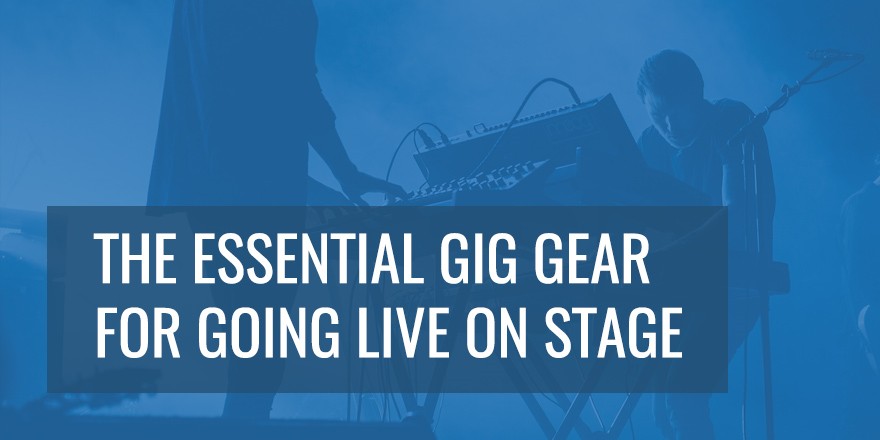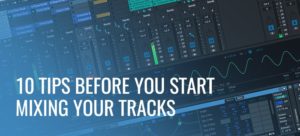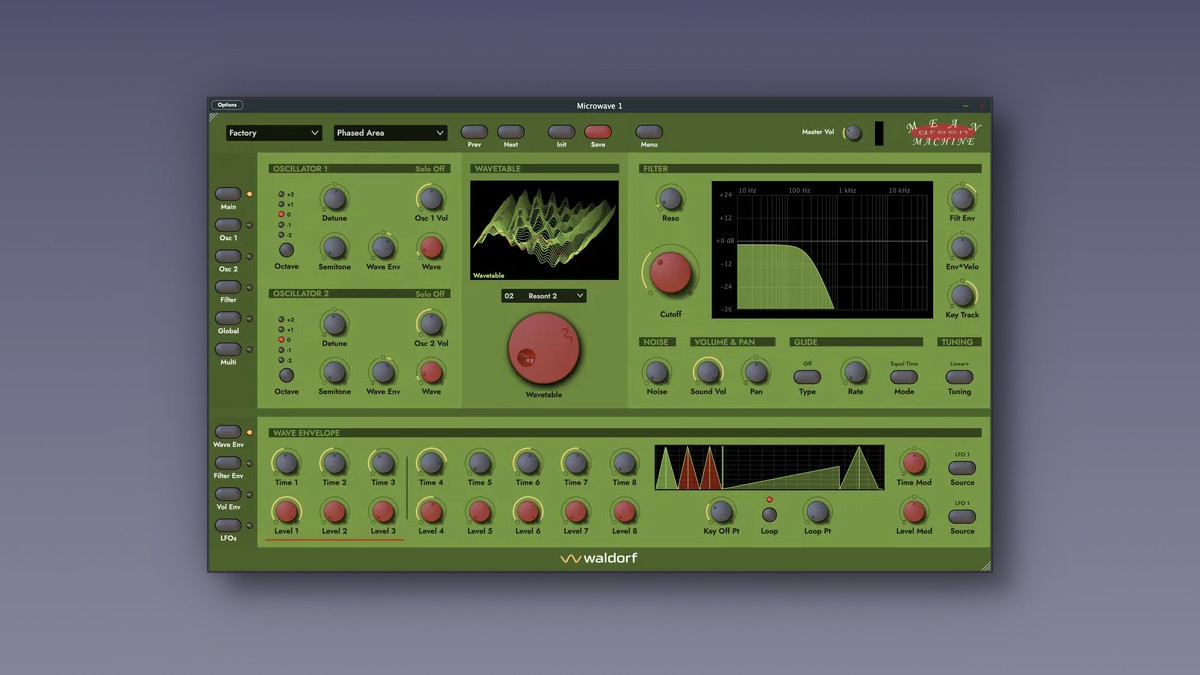The Essential Gig Gear For Going Live On Stage
Are you or your band ready to play live? If you’re already used to playing together, and you have all the instruments you need to play your stuff live, it’s probably time to set a gig. But do you really know what you need to make your on-stage experience convenient and provide the best sound […]
The post The Essential Gig Gear For Going Live On Stage appeared first on Producer Spot.


Are you or your band ready to play live? If you’re already used to playing together, and you have all the instruments you need to play your stuff live, it’s probably time to set a gig. But do you really know what you need to make your on-stage experience convenient and provide the best sound possible? This article doesn’t focus on specific brands and models. Instead, it provides a comprehensive checklist of stage gear that you may need for most types of music performances.
Most modern spots have quite a lot of gear to offer but you always have to check out what’s available and how good it is. Be sure to have an alternative if the spot’s gear isn’t enough.
1. Stage Gear Holders
While most spots can usually provide average mic stands, you should consider solutions for all your niche purposes. For example, you’re a lead singer and you use an iPad for effects, samples, or something else. In this case, you must choose the best iPad holder for mic stand so that it will survive multiple gigs and fit any mic stand. Next, make sure to take all additional drum stands, pedals, and other elements if they aren’t provided. In fact, the best solution is to take along your own drum kit. The same goes for a laptop, a midi keyboard, and other device-specific stands. If you’re a DJ, you already know that any long table is good enough!
2. Amps
Even if your entire music is played on a MacBook with a high-quality built-in audio interface, it won’t sound good enough without descent amplification. If your music requires any musical instruments like guitars, you may also need to amplify them separately to reach the necessary sound quality in the final mix.
That’s why most guitar and bass players prefer to bring their own amplifiers. No matter how big or small they are, you can sound them up and mix them with other sound sources using mics or direct XLR outs. Instrumental amps also usually have speakers, providing you with extra monitoring.
3. Mixer
No matter how many sound sources your set involves, they all must be mixed via a single mixer before the music reaches the front speakers and monitors. The mixer must have enough inputs to handle all your instruments, on-stage amplifiers, etc. Next, it must be compatible with the final amplifier(s) and provide the needed output level. The purpose of the mixer is to finalize the sound and tune the volume and EQ of each instrument. Depending on how advanced the mixer is, it may also have additional built-in effects and other handy features.
4. Compressors
Compression is something you can’t neglect if you want to achieve studio-quality sound during your gig. Descent compression is needed for most instruments unless they have built-in compressors. It’s also a good idea to use a compressor for master output to ensure that everything sounds clear. There are different types of compressors for instruments and vocals but they all do pretty much the same job. Compression is needed to balance the loudest parts of the song with the quietest parts to provide a clear listening experience without leaps.
5. Mics
Not only vocalists—but also instruments and amps—need mics. If your set involves non-electric instruments, always bring along extra mikes. The same goes for drum kit mics (also read condenser vs dynamic microphones). Even if your host has a basic kit of drum mics, there may not be enough of them for your specific setup. If you want to achieve the best vocal quality during the gig, you should also consider vocal processors with built-in preamps and compressors, as the mixer may not be good enough to make every word you sing clear.
6. Speaker or In-Ear Monitors
You can’t play a good gig if you can’t hear yourself. While the main PA speakers are always turned toward the crowd, you need a set of loud monitors aimed at you and the rest of the band. Floor monitors are the most popular solution that allows every member of the group to hear the others well enough to set the right pitch and tempo. This type of monitor is very simple to set up; however, to avoid hearing damage and feedback, you mustn’t set it too loud.
The drawback of the speaker monitor system is that you can’t move around the stage freely. If your performance suffers because of that, you’d better get a set of in-ear monitors. They don’t take up any space on the stage, they eliminate any risk of hearing damage or feedback, and they let you run around the stage without limitations. They’re a bit harder to set up due to the probability of interference with other wireless devices on the stage. On the other hand, they set you free from having to mount heavy monitors around the stage.
7. Dynamics Processor
If your music involves several hardware units, such as synths, effects, and drum machines, some dynamic processing for the stereo mix will be extremely useful. All modern stage mixers have built-in processing but it’s better to bring your own controllable device. If you bring one, your sound engineer will remember you as a nice person who plays good music without crazy level peaks.
8. Computer Audio Interface
Computers are essential for most kinds of electronic gigs. Even modern rock bands use computers a lot. However, it’s not enough to plug your laptop into the mixer. If you want to have professional sound quality, you can’t go without an external audio interface. There are quite a lot of bundled solutions for Ableton Live, FL Studio, and other DAWs. Choose the one that fulfills your needs and go.
Remember the Rules
The rules of a successful gig are quite simple. You must always ask your host to provide a detailed list of equipment in advance. That will let you decide what you need to bring and plan the setup. Next, take all the commutation you have to be able to replace a broken cord quickly. Now you know everything you need for a successful debut gig, so rehearse your stuff and rock.
Author: Guest Post
The post The Essential Gig Gear For Going Live On Stage appeared first on Producer Spot.








